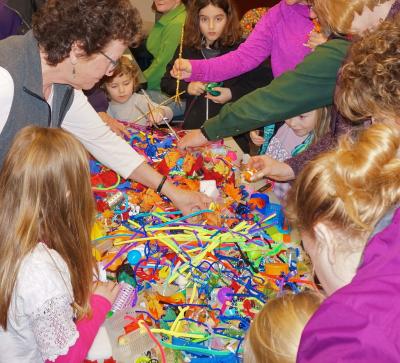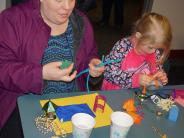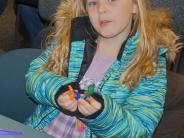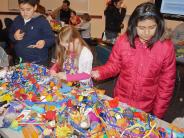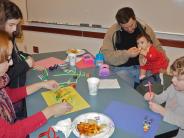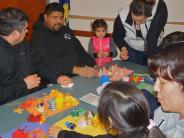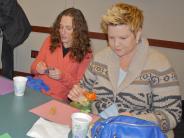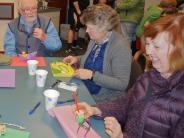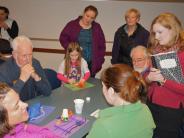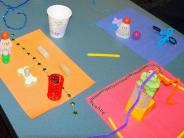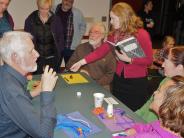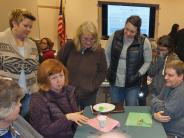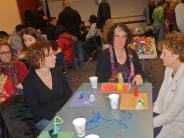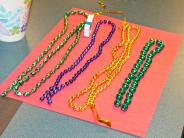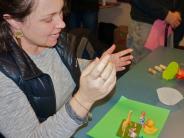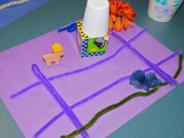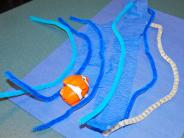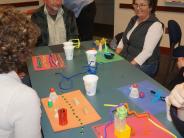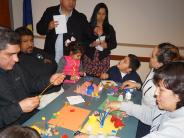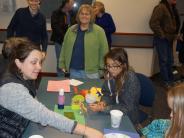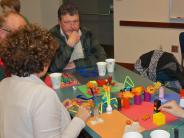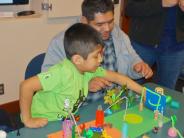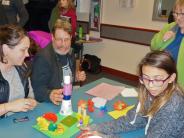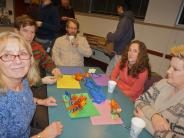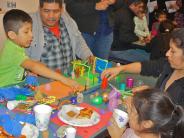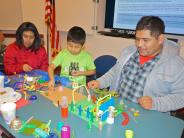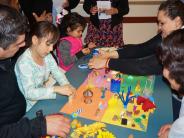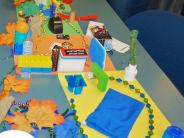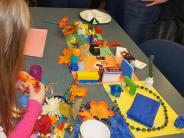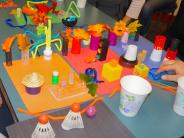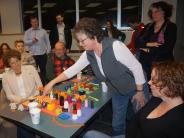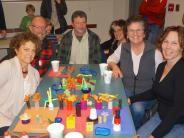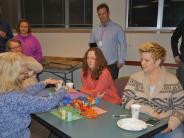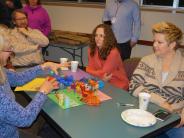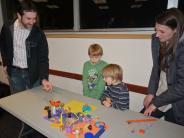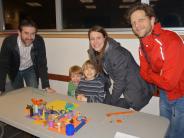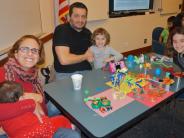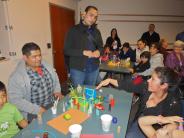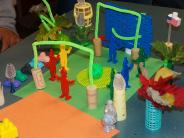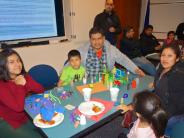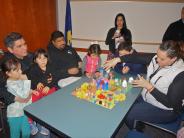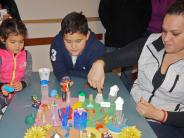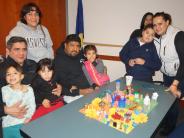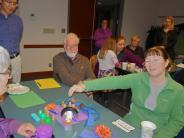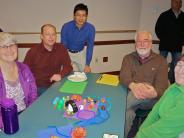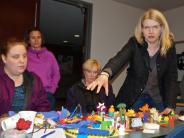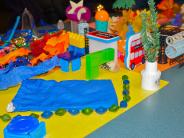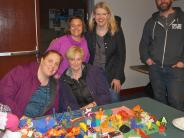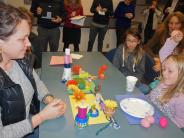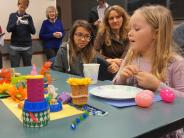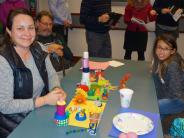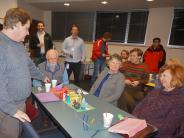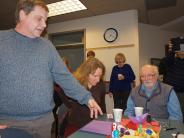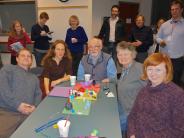- Neighborhoods
-
Community
-
- Overview History Vision Newsroom News Releases Pilot Newsletter Media Contact Projects Volunteer
- Engage Milwaukie Events City Calendar Recreation Biking in Milwaukie Parks and Trails Directory North Clackamas Parks and Recreation Reserve a Room Library
- Schools North Clackamas School District MHS Student of the Month Public Safety Police Clackamas Fire District #1 Code Compliance Emergency Preparedness Emergency Notifications Garbage & Recycling
-
- Business
- Departments
-
Useful Links
-
- Jobs Alerts & Notifications Email Subscriptions Emergency Notifications Meetings City Services A-Z Mapping & GIS
- Contact the City Staff Directory Request a Public Record Report a Code Violation Report a Pothole Report Misconduct Schedule an Inspection Documents & Forms Documents and Reports Forms, Permits, and Applications
- Helpful Links Digital Archives Library Catalog Municipal Code Purchase a Parking Permit Paperless Billing Pay a Ticket or Utility Bill Urban Forest
-
Visioning Place It Event
The Milwaukie Visioning 2040 workshop on Tuesday evening (January 24, 2017) felt more like a family picnic than an urban planning meeting. Between 60-70 people attended with their family and friends. Sponsored by City of Milwaukie, the Place It interactive workshop unlocked the strong historical, physical, social, and emotional attachment residents have to this city. Personal experiences, memories, and narratives are integral elements of transforming infrastructure and planning communities.
The workshop was a positive community-building process that brought people together to envision their future neighborhood. The Place It workshop provided a safe space for residents of all ages, backgrounds and languages to come together to reflect on their lives, and the city through story telling, art production, and play.
The icebreaker activity asked participants to “Build your first Childhood Memory” in fifteen minutes choosing from hundreds of small objects. Everyone likes to tell their story, so this activity made the participants feel welcome and comfortable. It also uncovered who was there, where they come from, what they valued, and what they bring to the Milwaukie visioning process.
Once everyone completed their memory-building, they presented it to the group by stating their name, the place, and story all in a minute.
In order to deal with large group and time constraints, the group was broken down in 4 sections. Three groups were in English and one group was Spanish-speaking. All groups were lead by a facilitator. In each section the participants shared their childhood memories and model.
These memories peeled away today’s infrastructure to revealed the nature and open space that once dominated the participants lives as children. Many participants' childhood memories occurred outside the home around the state and the country. Fun, curiosity, family and friends were important attachments to these places. Water was a popular theme to many residents; after all, Milwaukie is on a large river and water is very important part of the place.
While these memories erased age, racial, economic, geographical, and professional differences. No matter where participants grew up, they shared similar experiences with physical environments. As a wrap-up, the participants were asked to state common themes from everybody’s memories. The common themes were nature, physical activity, access, sharing, friends, family, curiosity, and imagination. Participants learned their first attachment to place and how it informs their adult life.
From their stories, objects and models the group learned a lot about how they used and valued open spaces as children. The next step was designed to help the residents transfer that knowledge.
Create Your Ideal Milwaukie Neighborhood Hub
The first individual activity prepared participants for the following group activity. Each table was asked to build their ideal neighborhood hub in 15 minutes using the same objects or more. The teams were given no limits and were asked to consider ideas based on their childhood memories, experiences, imagination, and needs.
Team members began to talk, laugh, and stand up around the tables to clear space for their ideas. The communal nature of this activity allowed everyone to participate regardless of typical barriers. Building with objects on imaginary maps allowed participants to illustrate and negotiate ideas that would have been difficult to describe using words alone. As team members tested their ideas with their colleagues, models began to fill the tabletops. When time was up, each team presented their ideal neighborhood hub in 1-2 minutes, starting with the name of each team member, the problem and solution, and a visual and introduction of their model.
All participants were asked to gather around each table to listen and learn from each other. Each team spoke with enthusiasm and conviction because they were able to transfer their on-the-ground knowledge into the future design of the hub. In debriefing the experience, participants noted that many of the designs embodied several common themes.
Conclusion
The Milwaukie Visioning Interactive workshop is part of an ongoing effort by the city to create a community driven planning process.
Humanizing, relaxing and creating a safe space for Milwaukie residents allowed them to express their feelings rather than their views in a variety of different ways. Residents shared their local knowledge and developed deeper relationships with each other through listening, learning and bonding with each other to sustain the much needed community support for long-term transformation.
Empowering residents to collaborate with each other understand their attachment to Milwaukie and each other is the first step in creating a strong and empowered community for future generations..
Click any thumbnail image to view a slideshow

